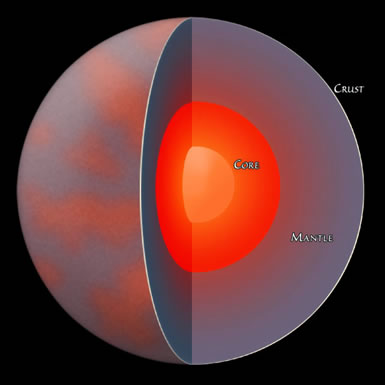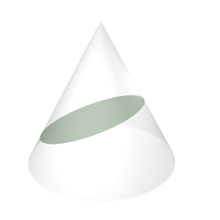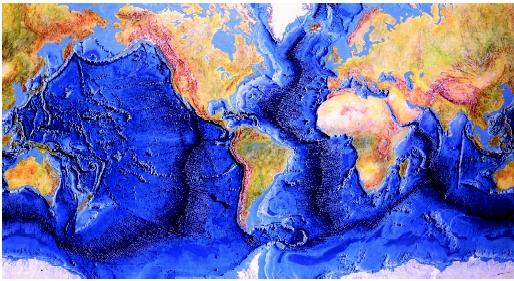WHY DO STARS SHINE
Stars shine because when something is hotter the atoms move more faster and if the atoms move fast enough then they would collide then stick to each other. This process is called "Nuclear Fusion". Nuclear Fusion would release a great amount of energy which will power the sun so when energy is let out through the star then into space it will make the star shine.
HOW DO SCIENTIST CLASSIFY STARS
The sun is the closest to Earth so scientist can send probes and can easily observe it. The probes use telescopes to help scientist see the structure of the star. They observe the structure depending on their color, temp, and their light.
HOW DO STARS CHANGE OVER TIME
When stars are first born they use the elements hydrogen and helium in their cores then the helium sinks deeper into the core because helium is heavier and denser than hydrogen. The radiative zone is the next outer shell of a star and is made mostly out of hydrogen. The last layer of a star is the convection zone were hot gases inside the star moves upward and the cooler gases move downward. The photosphere is the apparent layer and where the bright part you can see and the above the photophere is the chromosphere is the part we can see of the sun. The corona is the outer most layer of a star.
HOW DOES STAR COLOR RELATE TO MASS
Orange, yellow, and white stars are the coolest stars and blue-white stars are the hottest type of stars. Different colors mean the stars have difference in mass. Blue stars are the biggest and hottest stars and white stars are the second to largest and the rest are the smaller types of stars.
 |
AND
THAT
WAS
MY
BLOG POST
ON
STARS
BYE BYE
























 (
(